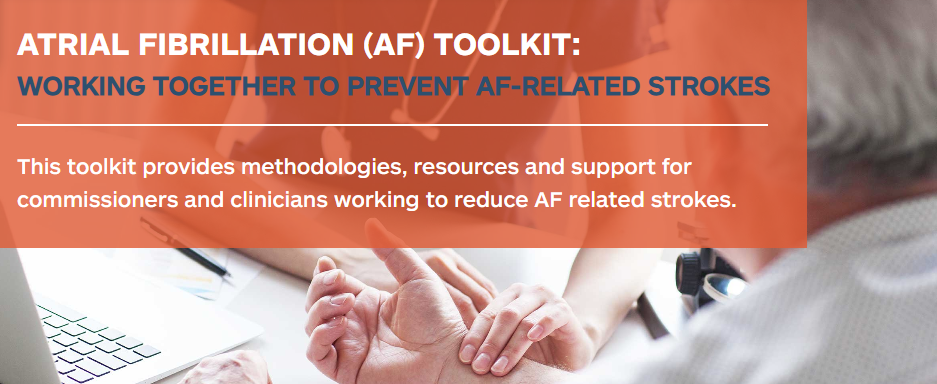Atrial fibrillation (AF) costs the NHS more than £2.2bn every year, and is responsible for approximately 20% of all strokes. With around 2% of the population affected by this disease, how can healthcare decision makers choose the best and most cost effective interventions and treatments? Andi Orlowski and Wayne Smith, of the Health Economics Unit, were asked to build a tool to help commissioners better understand the impact of AF on healthcare budgets.
Identifying opportunities for impact
NHS commissioners face a range of treatments and interventions for AF, but how can they use their budget to have the biggest impact on population health? And once those opportunities are identified, how do they get other mangers on board?
The digital tool created by Andi, Wayne and their team used published data of primary care performance, QOF targets and prevalence estimates to identify optimal goals for AF management, and helped to create realistic business plans for treating the condition.
The model was sponsored by Bayer, Daiichi-Sankyo and Pfizer Limited on behalf of the BMS-Pfizer Alliance, though the companies had no input into the content or data themselves.
A flexible model creating regional insights
The AF Budget Impact Model was created using the cost for stroke from Youman et al, as used by NICE in CG180, but it allows people and organisations to input their own figures. This means that CCGs and AHSN could estimate costs at their local levels, calculating the potential clinical and cost consequences of:
- Patients with AF, not on practice registers
- Patients known to have AF, not risk assessed
- Patients eligible for anticoagulants, not on treatment
- Patients on treatment, inadequately anticoagulated
Using data to spot gaps in care
When the AF tool launched Dr Matt Kearney, National Clinical Director for Cardiovascular Disease Prevention at NHS England, said:
“The AF Budget Impact Model will be of enormous help to CCGs and local authorities. We know there is opportunity to do much better at preventing AF-related strokes. The new calculator puts realistic local numbers on this. For every CCG it shows the magnitude of current gaps in care, the costs of improving detection and treatment, the costs of stroke and major bleeds, and the health and social care savings delivered by preventing strokes. And the conclusion is very clear – spending money on stroke prevention in AF protects patients and their families from life changing illness AND delivers early return on investment.”
Preventing strokes through insights
The AF Digital Model formed a foundation for a comprehensive AF Toolkit, which was a key part of Health Innovation North West Coast’s work in reducing AF-related strokes. Outcomes from this work included:
- Preventing an estimated 500 strokes
- Saving a potential £3m per year in health and care costs
- Securing more than £300,000 investment from industry
Find out how data can help you best use your budget to impact population health. Contact us today.
